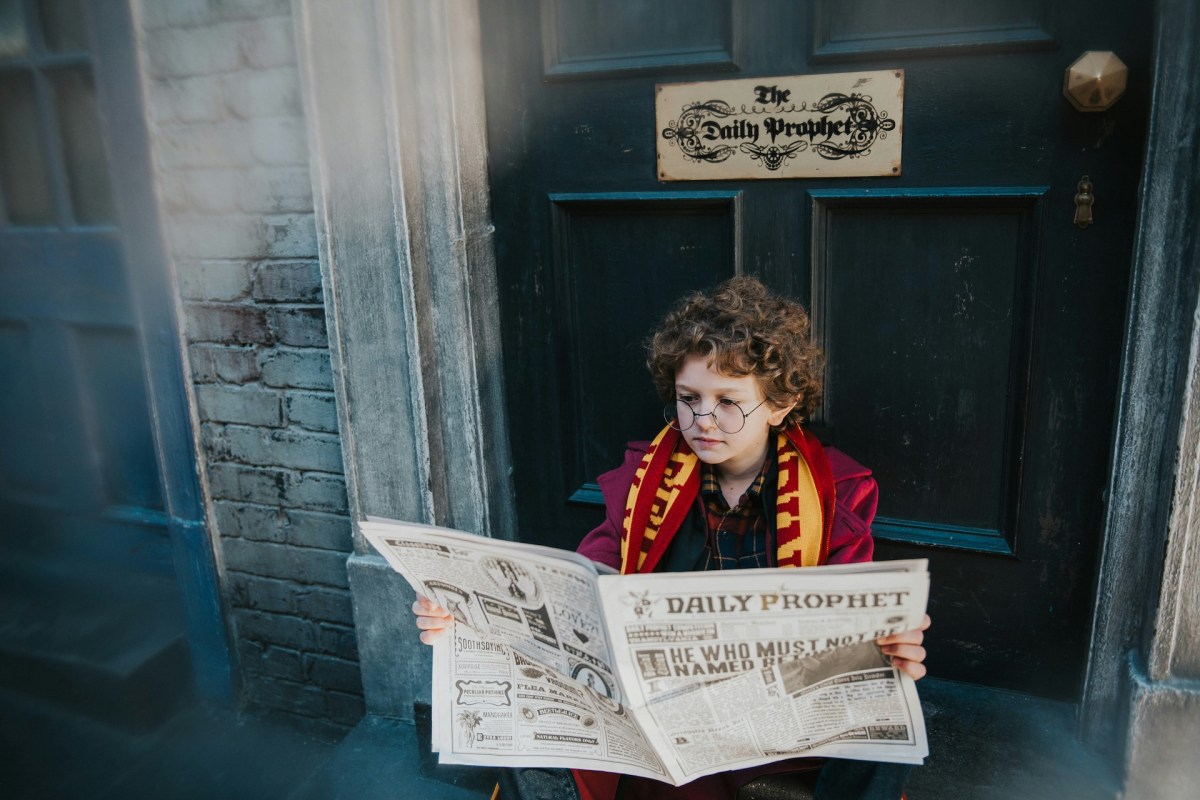So, that artist you love has just been cancelled. Maybe details about past misconduct have arisen. Maybe they’ve taken to social media with some obnoxious views. Maybe, well, Kanye.
Where does that leave you? Can you still enjoy their work in good conscience? Or should you boycott them altogether, even if it won’t make any practical difference?






